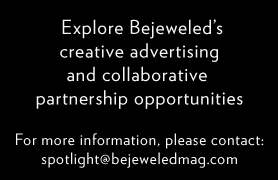Is Jewelry a Savvy Investment?
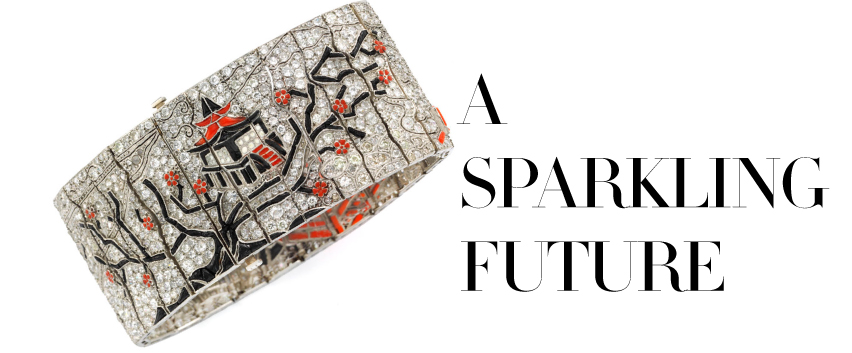
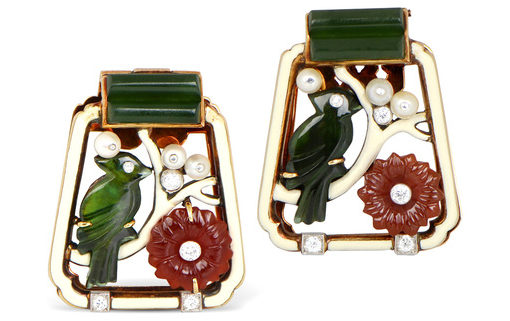
M. Kordipour’s Cartier Art Deco clips in gold with enamel work, carved carnelian and tourmaline
Every five years or so, I take stock of my life. At 50, I was concerned with fitness, health, and the trials and tribulations of dating ‘again’ after the break-up long-term relationship. Today, as a 55 year-old single woman, author and sole business owner, I looked around my Manhattan Lincoln-center area rental apartment and when I take stock, I realize I have no stocks or… bonds, real estate, nor do I own my home. Had I made mistakes and questionable choices with my finances until middle age? Would I ever be able to retire?
In the early 90’s when I was twenty some-odd years younger, the idea of using my entire savings as a down payment on an apartment scared the life out of me. What would I do in case of a medical emergency, loss of income, a natural disaster that renters insurance didn’t cover? They anxiety left me paralyzed; the residential real estate market went up quickly and I no longer could buy in my price range. After 2008, I have been too afraid to go aggressive in my investments. I had lost quite a bit in tech heavy funds. So I became liquid—low yielding CD’s and conservative funds for SEP IRA accounts. The idea that my money hasn’t grown in nine years wakes me up in a cold sweat at night, caused by dreams of typing on the newest fangled tablet until I’m 90 rather than any side effects of menopause.
Recently, I was explaining this to a friend, 40-year expert in antique and signed jewelry, Michael Khoridpour of M Khordipour and founder of EstateDiamondJewelry.com. He looked down at a fine Art Deco cushion cut Ceylon sapphire with diamond surround, which rested upon my finger and then looked up at me quizzically.
“Oh Michael,” I said, “Have spent too much on my obsession with antique and period jewelry. He got straight to the point that I seemed to be missing while in my anxious state. He said, “You have a safety deposit box full of antique, signed and rare high quality pieces which have held their value and/or appreciated with time. You have assets. It might be different than real estate or paper but you have invested in your future.”
Michael shed some well-needed light on my situation. I have been collecting jewelry for the past twenty-five years, I had bought these pieces to celebrate important moments in my life, I enjoyed shopping for them and wearing them gave me even more enjoyment. And, although I knew that what I owned had real valuation, I had never quite thought of jewelry purchased as wise investments before. My chest no longer felt as it was in a vice grip.
In speaking to other antique and period jewelry experts and world-renowned dealers they all consider certain pieces and types of jewelry an investment that is two fold—“it is an investment in your present happiness and your future, ”says Simon Teakle, who ran the jewelry department at Christie’s New York for 20 years and then in 2012 opened Simon Teakle Fine Jewelry in Greenwich Connecticut, “Buying rare and signed one-of-a-kind jewelry is similar to buying fine art,” Teakle continues. “You can invest in it and it becomes part of your pleasure and your portfolio.”
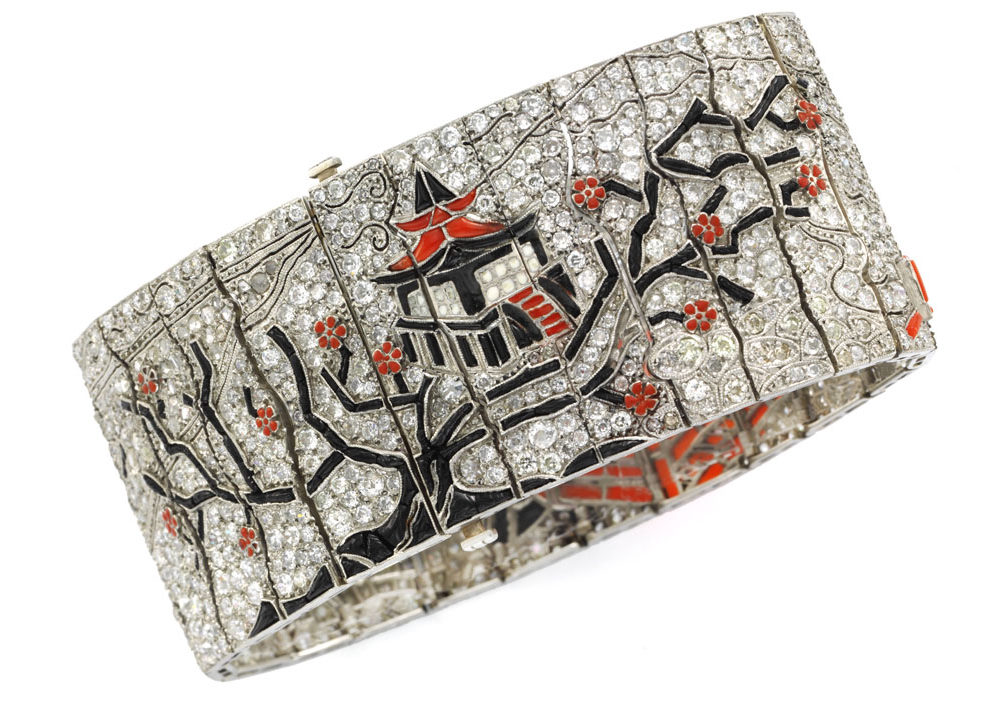
Simon Teakle’s Lacloche Freres Art Deco Chinoiserie bracelet, of narrative style depicting a garden scene set with diamonds, black onyx and enamel mounted in platinum, 1927.
From beads as currency to wedding dowries, jewelry as a valuable asset is a tradition that has been handed down in different cultures throughout history.
“The last time I bought a stock or bond was so long ago; every time I did, I systematically lost money.” Explains Pat Saling an internationally renowned antique, vintage and signed jewelry dealer, who worked at Fred Leighton overseeing celebrity and rare jewelry sales for 20 years before striking out on her own in 2002. “I stopped having anything to do with paper. When I had learned enough and sharpened my eye and my ability to buy jewelry, it was money spent wisely in both business and my personal collection.”
Saling tells a story of when her son was in private school in 2008. “He had heard his friends talking about how their parents sat them down to explain that they might not be able to go on certain trips or have the same lifestyle as they had been living. My son asked, “Have we lost our stocks and bonds?”
I said, “The good news is we had none to lose; the even better news is that we have jewelry instead.” She continues, “The bad news is that people won’t be buying for a while. “The good news is all of what we have invested is in our safe.” When I was explaining, it gave me a sense of security knowing that I am in control rather than tied into to the uncertainty of the financial markets.”
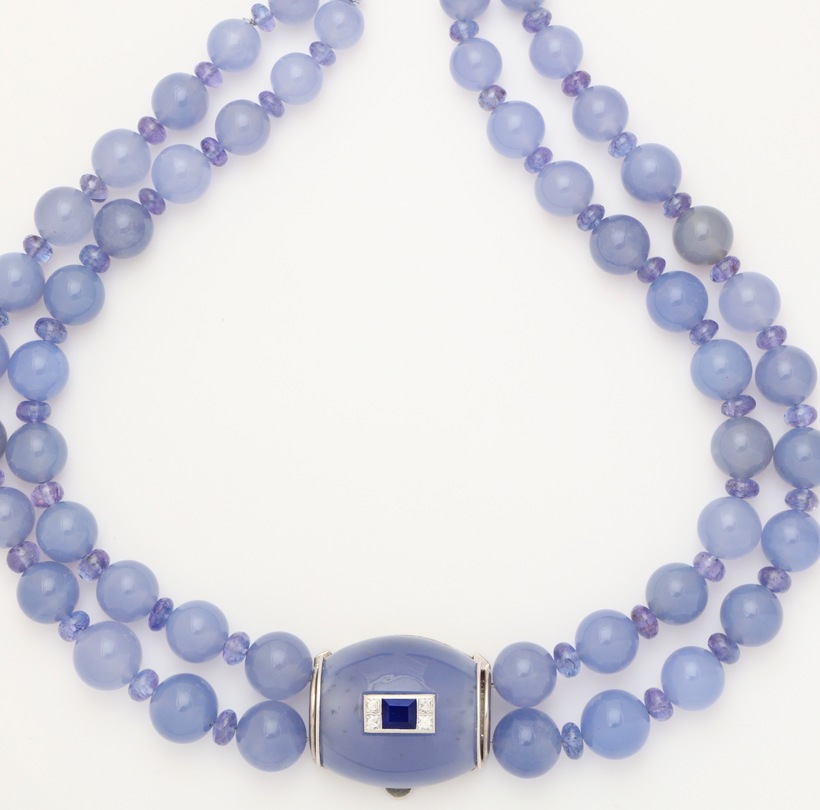
Pat Saling’s Suzanne Belperron blue chalcedony sapphire and diamond necklace,P circa 1945.
Khoripour offers, “Jewelry is cyclical and there are waves and trends in the market like any other business. Therefore, Investing in jewelry is about having the patience to ride those waves and hold onto pieces while carefully maintaining them. If you bought pieces 20-30 years ago, you will have definitely bought lower than what antique, period and signed pieces cost today. And if you bought rare and right—your pieces will have retained their value and many will have greatly appreciated.”
Teakle agrees and adds, “you should never buy jewelry as a short term investment if you are not in the business. When you are buying with an investment in mind, you must be as critical as possible on quality and condition, provenance and what the strong names in and styles in signed pieces are. These definitely have longevity to them but you need to learn how to buy what you love but also buy wise.”
Like any type of investment, collecting jewelry requires you to talk to experts, read up on the subject and gain as much knowledge as possible. You also need to have an innate love and a good eye. I seem to have parlayed my passion for the history and the beauty of the art of jewelry and my comfort and understanding of the topic into not only a collection but also part of my portfolio. And it’s so much more fun and enjoyable than stocks and shares in mutual funds. You can’t wear those.
Saling explains, “This is so important; you need to want to own and wear jewelry that you love. But, be smart, disciplined and arm yourself with knowledge.”
Saling explains, “This is so important; you need to want to own and wear jewelry that you love. But, be smart, disciplined and arm yourself with knowledge.”
Here are a few suggestions from all three of the experts:
Khordipour: “Learn your time periods, metals and the major design houses from the Art Nouveau period through mid 20th century.”
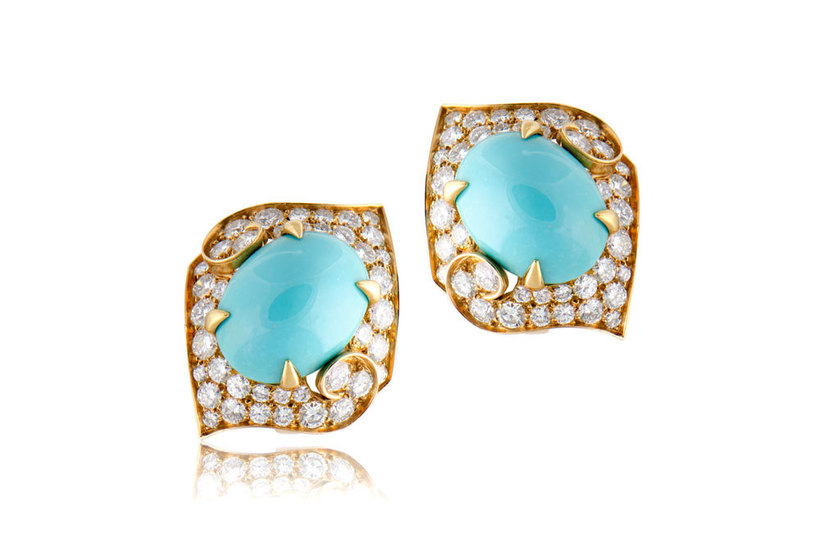
M. Khordipour’s Bulgari 18k Yellow Gold, Turquoise, and diamond earings, circa 1960s.
Teakle: “Pieces signed by the renowned designers and trendsetters of their time or will most often retain their value and appreciate. For example: Bovin, Boucheron and Cartier pieces from the Art Deco period; Van Cleef and Arpels and Verdura from the 40s through mid-century; Buglari and David Webb from mid- century.”
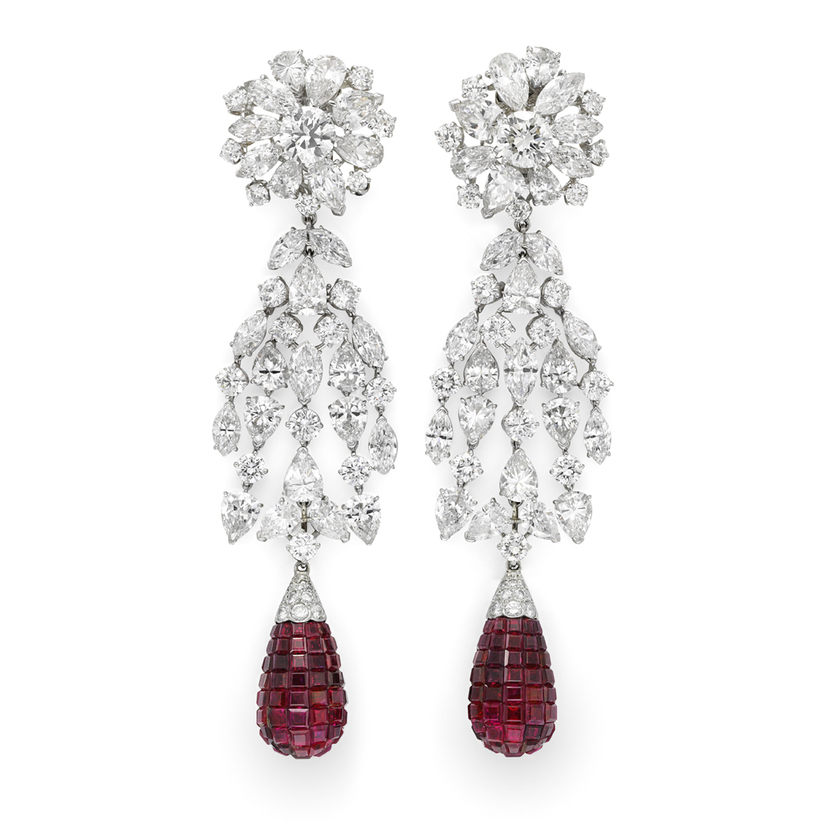
Simon Teakle’s Van Cleef & Arpels’ platinum ruby and diamond earrings with a flexible cascade of circular, pear and marquise cut diamonds s
Khodipour: “Look at the specialties of each house. Examples of this include Lalique’s Art Nouveau pieces, Cartier’s Tutti Fruitti styles, Van Cleef & Arpels’ early mystery settings and late 19th century Faberge designs.”
Kordipour: “When pieces become scarce, they also become more valuable. Don’t overlook houses such as Raymond Yard and the more contemporary house of JAR. There are also houses who create magnificent and quality jewels such as Oscar Heyman and Buccellati.
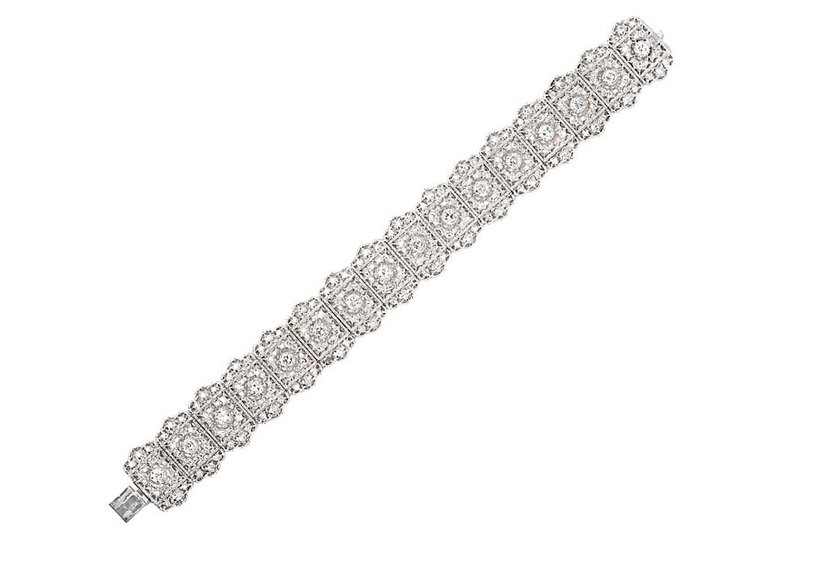
M. Khordipour’s Mario Buccellati signed 18k white gold and diamond bracelet, circa 1920’s.
Teakle: “But beware. Just because you find a signed piece doesn’t mean that it’s going to be a good investment. All of the houses mentioned had off years and not all of their pieces were collectible or great works of art. When buying signed you still have to buy smart.”
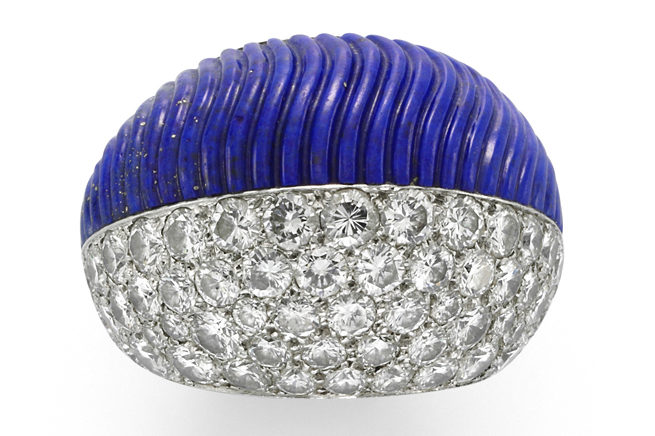
Simon Teakle’s Cartier platinum. lapis lazuli and diamond cocktail ring, designed as a bombe dome, circa 1969.
Khordipour: “In addition, pieces don’t have to be signed to be collectible and solid investments. They need to be authentic, in excellent condition and representative of the period they were designed. For example really exceptional unsigned Art Deco pieces continue to appreciate—if they meet all these criteria.”
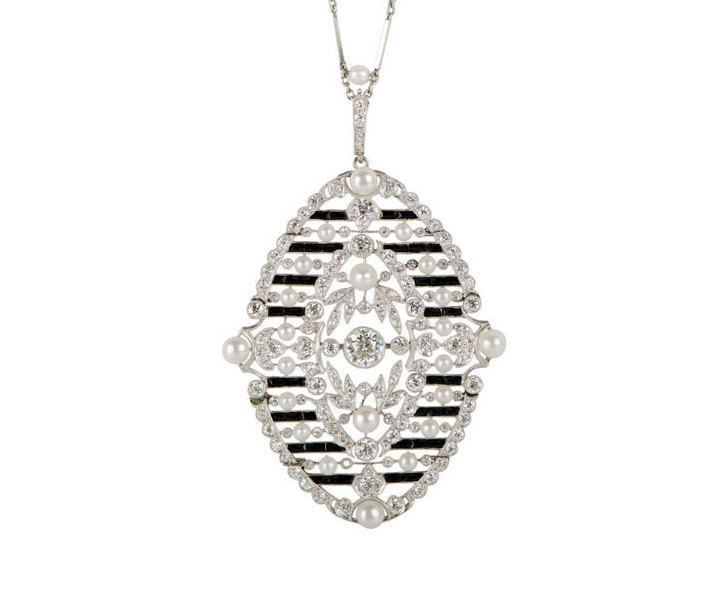
M. Khordipour’s Edwardian platinum, onyx, diamond and seed pearls pendan on platinum chain.
Saling: “When talking about antique though vintage time periods (Georgian through 1970s), the finest workmanship, high quality materials and rarity all affect how valuable something is. When you have all of these things going for the piece and it’s in excellent condition, you can feel secure that the piece will hold its investment.”
Saling: “The previous owner of the piece also will add to the value if you are buying a jewel from an actress or socialite’s collection. There is a very small percentage of the public that can afford to purchase famed pieces, but if you can buy from lesser known arbiter of style—it will lend cache, illusion and a story to the piece which definitely increases it’s worth.”
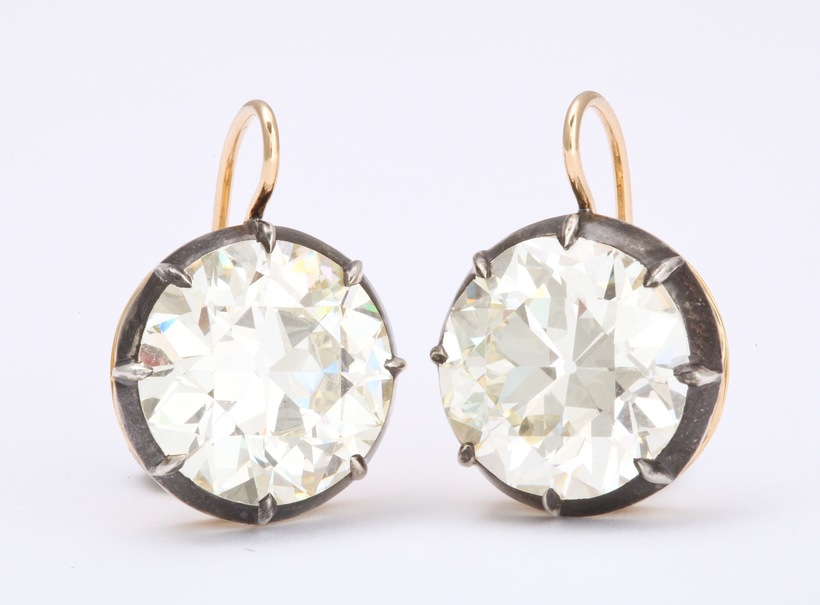
Pat Saling’s pair of 8-carat European cut diamond earrings, circa 1900.
Teakle: “Build relationships and make contacts. When a dealer, store owner or auction specialist knows you are interested in a brand or a certain time period, they will call you to let you know. On the other end, if you want to sell, you can go to them first to buy back pieces they sold to you or put you in contact with someone who could. Jewelry is a global market and continues to expand and the relationships you have built can widen your audience.”
Saling: “How you buy also affects how the piece will appreciate. Don’t be afraid to negotiate. The better price you get on the front end will definitely help when you are going to sell.”
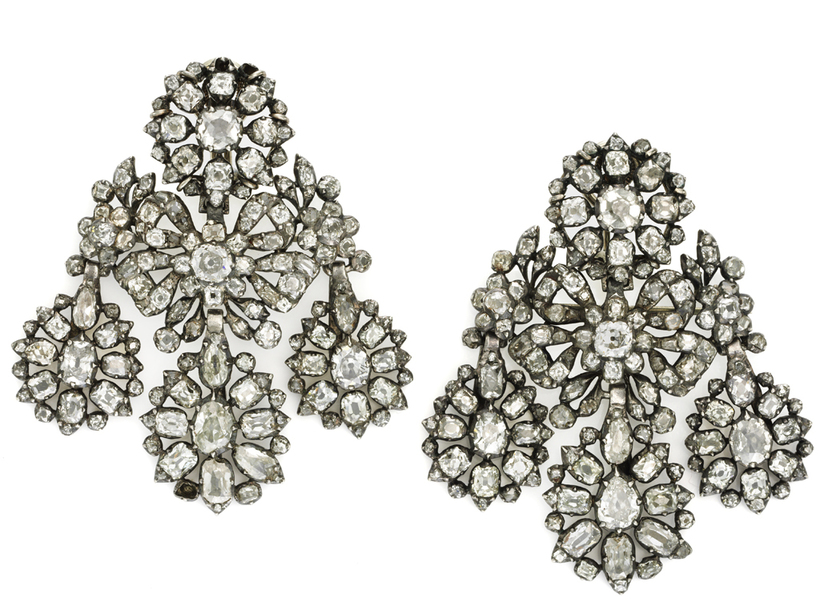
Pat Saling’s pair of 18th century diamond girandole earrings, the top circular cluster suspending bow and foliate motifs with three pear shaped cluster drops mounted in silver, circa 1760.
Although I’ve become more comfortable with the knowledge that I have chosen well and bought many of my pieces early, it’s definitely time for me to diversify and think about speaking to a financial advisor about other smart investments, and perhaps buying an apartment rather than renting one.
But recently, I ran into a dealer from whom I purchased a beautiful platinum Art Deco bracelet with various cuts of diamonds, a rare representation of the time period but unsigned. The dealer asked if I still had it. When I told him I did, he offered me five times what I paid for it 15 years ago. I hope I didn’t miss the boat on selling but my gut feeling is that it will go even higher over the next 15 years. Just about the time I might want to retire.
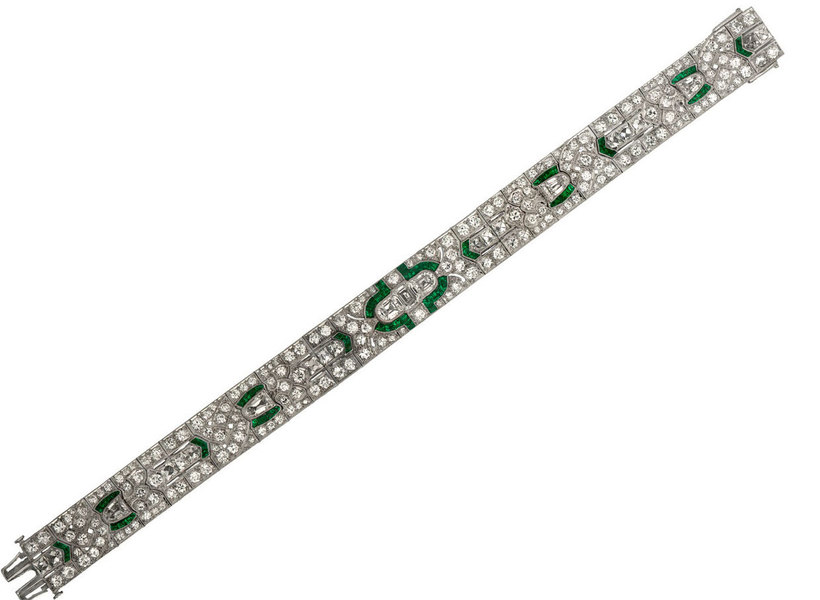
M. Khordipour’s Cartier Art Deco platinum, emerald and diamond bracelet.
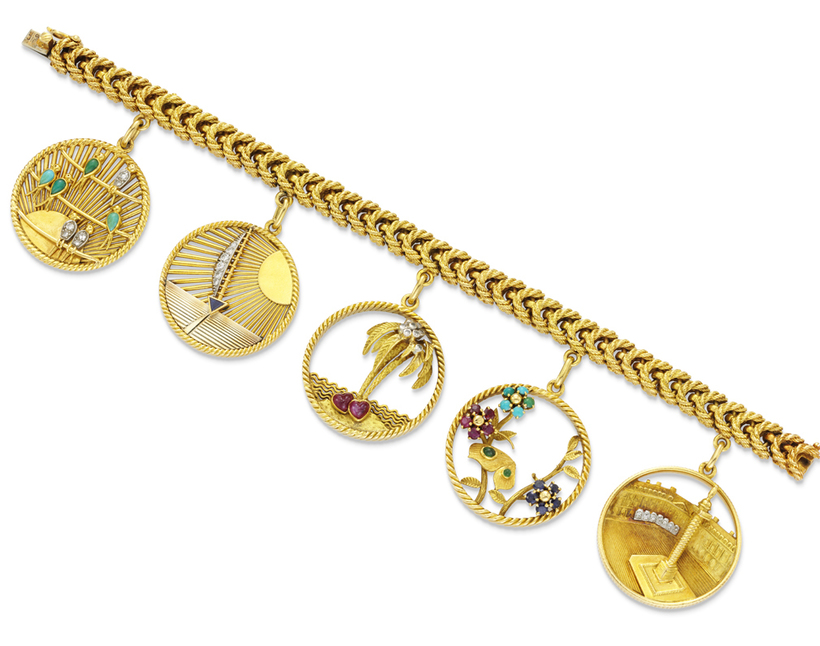
Simon Teakle’s Van Cleef & Arpels’ 18K gold and gem set charm bracelet with link bracelet suspending five large circular gem set charms depicting birds, a yacht, a palm tree, flora and the Place Vendome. Bracelet and each charm signed and numbered. Paris, circa 1965.




